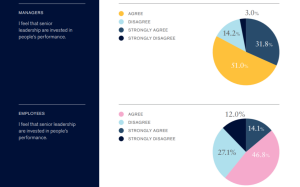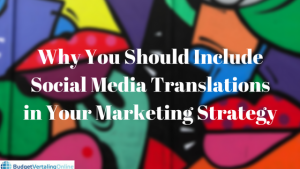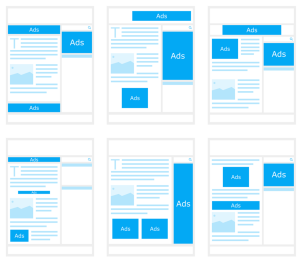The importance of knowing who you’re working with
Whether it’s controversy from an influencer, or different approaches to vetting, influencer vetting has been making headlines recently. As marketers continue to increase their investment into influencer marketing, more are understanding the right and wrong ways to engage their audiences and the importance of proper vetting.
Most recently, the conversation about influencer evaluation has revolved around the concept of “whitelisting” influencers. Essentially, a brand or agency collaborating with a limited list of influencers that they already trust. This practice stems in part from fears of influencer talent “going rogue” or not following the content guidelines of the campaign appropriately.
Brands know the value of influencer marketing, which is why they continue to invest in the tactic. But at the end of the day, it requires placing your brand and its message into the hands of a stranger. So there is a definite need to put protections in place and to establish trust with the influencer. Marketers have turned to these “whitelisted” influencers as a way to reduce those risks.
So the question is, how do you vet influencers? And is whitelisting the best solution?
How to vet influencers
Learn about the influencer.
The first step in vetting an influencer is to learn as much as you can about their account. Whether or not their followers match with your targeted audience is one of the most important deciding factors of success for the campaign. Demographic details such as perceived household income, age, race, and gender can be overlooked when evaluating an influencer, but are all important factors for the audience that’s viewing their content. Additionally, you’ll want to gain an understanding of the influencer’s professional status. You can set expectations for their posting and activity with the campaign based on whether they’re an everyday person doing influencer marketing as a side hustle or a professional who posts for their livelihood. You may find more reliability with the experienced professional influencers, but everyday influencers can provide better authenticity with their posts. Look at all of their available accounts to learn as much as possible about the influencer. Study their previous brand work to determine if you would be happy with those same results.
Determine how their posting style fits your campaign
You’ll also want to evaluate the influencer’s posting style. Admittedly, this is a bit of a subjective test. Different people could assess the influencer’s photo quality and style differently. What’s important here is that you get an idea of how the influencer’s posting style matches the style you’re looking for in the campaign. Scrolling through their feed will give you an idea of the types of photos and videos that they’re sharing. Then, dive deeper into the specific content types to determine which posts receive the best engagement. Are these top-performing posts indicative of the content you’d like created for this campaign?

Frequency of promoted posts
Keep an eye out for the influencer’s other branded posts It’s usually a good idea to stay away from influencers who share promoted posts too often as your content may get lost in their stream of advertising or seem insincere among so many competing branded posts. Some marketers try to completely stay away from influencers who share about competitors, but that isn’t always necessary. Competitor posts can function as reinforced credibility that the creator really is a fan of that type of product or service. If you’re trying to promote a new fashion line, don’t be afraid of tapping a particular influencer just because they’ve previously shared about another fashion brand. Your brand will fit in line with their follower’s expectations. The most important part here isn’t whether they are sharing competitor posts, but rather, how their followers are responding to these posts. If the audience responds negatively to promoted content, it may be a good idea to find another influencer. The best rule of thumb is: if your product is a natural lifestyle fit for the influencer and their endorsement is believable, there shouldn’t be audience backlash.
Solutions for Marketers
Now that you know how to properly vet influencers, the next step is to learn how to manage those influencers and what resources are available to you to execute the influencer program.
Whitelists
As we mentioned earlier, many marketers are using whitelists to keep track of reliable and relevant influencers to work with. These help marketers simplify the recruiting process by starting with a narrowed list. However, whitelists require you to have experience with influencer marketing and assume that you are familiar with the influencers who are realistic, smart options for your brand.
Agency partners
Marketers also turn to agency partners to help fulfill their influencer marketing programs. When you partner with an experienced agency, you’re able to rely on their knowledge and expertise to both identify the right influencers and validate their relevancy with your program.
Business & Finance Articles on Business 2 Community
(75)








